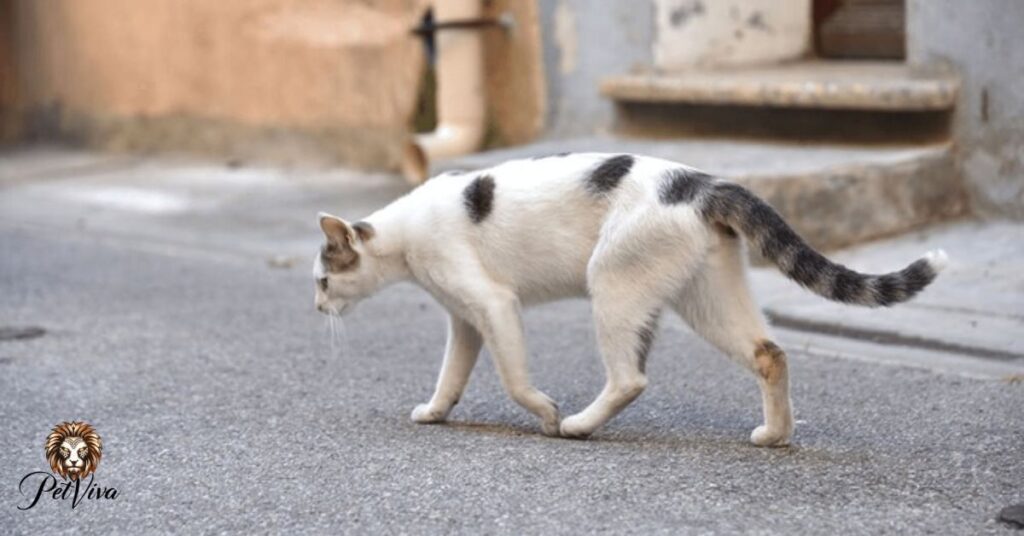When a cat goes missing, the odds of finding them after a week can be uncertain. Understanding the statistics behind locating a lost cat is crucial for pet owners. Factors like search efforts microchipping, and behavior play a role in the likelihood of a successful reunion.
Fiend the data on lost cat recovery rates can provide insights into effective search strategies. By analyzing these statistics pet owners can improve their chances of reuniting with their beloved feline companions. Learning about the odds of finding a lost cat after a week can empower individuals to take proactive steps in locating their missing pets.
What are the odds of finding a missing cat?
When a cat goes missing, several factors influence the likelihood of finding them. Factors such as the cat’s behavior, search efforts, and the environment where they went missing all play a role in determining the odds of a successful reunion. Understanding these factors can help pet owners strategize their search efforts effectively.
To increase the chances of finding a missing cat, it’s essential to act quickly and methodically. Utilise social media and local community resources to spread the word about the lost cat. Setting up humane traps, leaving out familiar scents, and searching during quiet hours can also improve the odds of locating a missing feline friend.
After two days
Immediately after a cat goes missing, the odds of finding them are generally higher. Acting swiftly, searching nearby areas, and alerting neighbors can greatly improve the chances of a quick reunion. Utilising familiar scents, setting up feeding stations, and staying vigilant in the search efforts can significantly increase the odds of finding a missing cat within the first day.
After a week
After a week of a cat being missing, the odds of finding them may decrease slightly. However, proactive search efforts, utilizing social media, and reaching out to local shelters can still significantly improve the chances of a successful reunion. Persistence and expanding the search radius can be key in locating a missing cat after a week.
After a month
The odds of finding a missing cat after a month may decrease further, but there are still instances where cats are reunited with their owners even after an extended period. Continuing to search keeping flyers updated, and networking within the community can help maintain hope and increase the likelihood of a reunion, even after a month has passed.
Also read this: PRAYER FOR A LOST CAT: FINDING COMFORT IN RELIGION
Where are cats usually found?
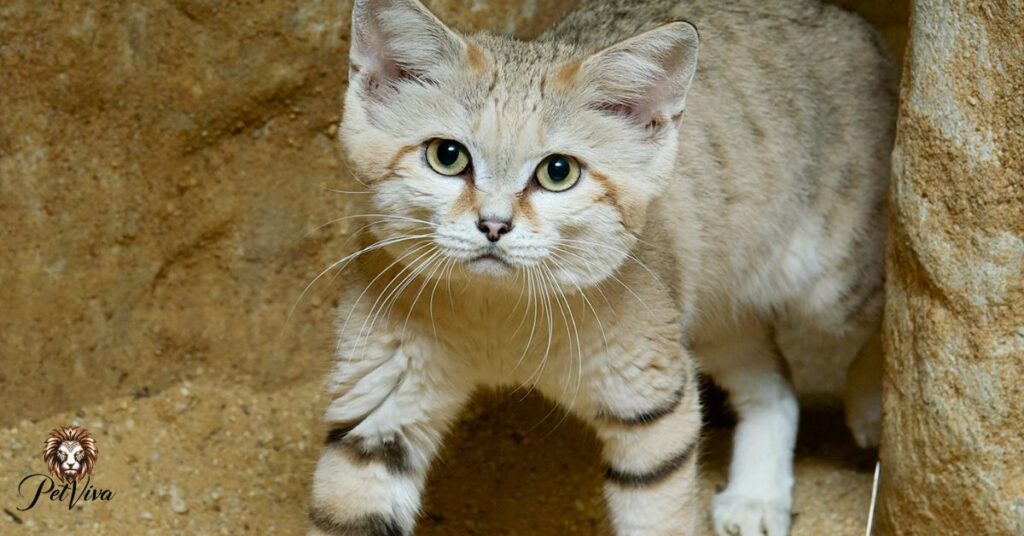
The chances of finding a missing cat vary depending on the duration of their absence and the search efforts employed. Statistics show that about 75% of lost cats are found near their homes, with a 35% probability of being found within 7 days and a 61% chance within a year. However, if a cat remains missing for 90 days, the likelihood of finding them alive decreases significantly.
Cats are commonly found within a 500-metre radius of where they went missing, emphasizing the importance of searching close to home. Indoor-outdoor cats tend to travel longer distances compared to indoor cats, with highly curious cats more likely to be found inside someone else’s house. Understanding these patterns can guide search efforts and increase the chances of locating a missing feline companion.
Someone else’s house
If a cat goes missing, there is a possibility they may seek shelter in someone else’s home. Cats are known to wander into neighboring houses or garages, attracted by food or shelter. It’s essential to inform neighbors about the missing cat and ask them to check their properties, as this increases the chances of a successful reunion.
Outside
When a cat goes missing, they may be found outside in various locations. Cats are known to hide in bushes, under decks, or in secluded areas when they feel scared or disoriented. Searching outdoor spaces near the home, using familiar scents or food to lure them out, can help in locating a missing cat who may be hiding outside.
At local shelters or vets
Checking local shelters and veterinary clinics is crucial when searching for a missing cat. Cats found wandering are often taken to shelters or brought to vets for identification. Contacting nearby shelters, providing a detailed description of the cat, and visiting in person can increase the chances of finding a lost feline companion who may have been picked up by animal services.
Can cats find their way home?
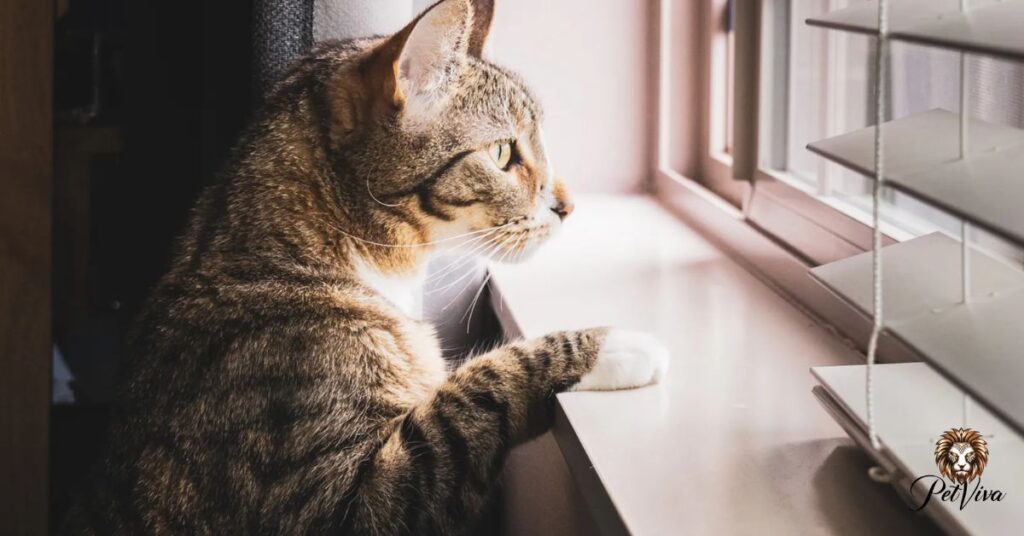
Cats have a remarkable ability to navigate and find their way back home, often relying on their keen sense of smell and memory of familiar surroundings. This innate homing instinct is known as “psi-trailing,” where cats use scent trails to retrace their steps. While not all cats possess this skill, many stories exist of cats travelling long distances to return home.
Several factors influence a cat’s ability to find their way home, including their familiarity with the area, outdoor experience, and the presence of obstacles like busy roads. Cats that are well-acquainted with their territory and have outdoor experience are more likely to navigate back home successfully. Providing a safe and secure environment, along with proper identification like collars or microchips, can also aid in reuniting lost cats with their owners.
What are homing abilities?
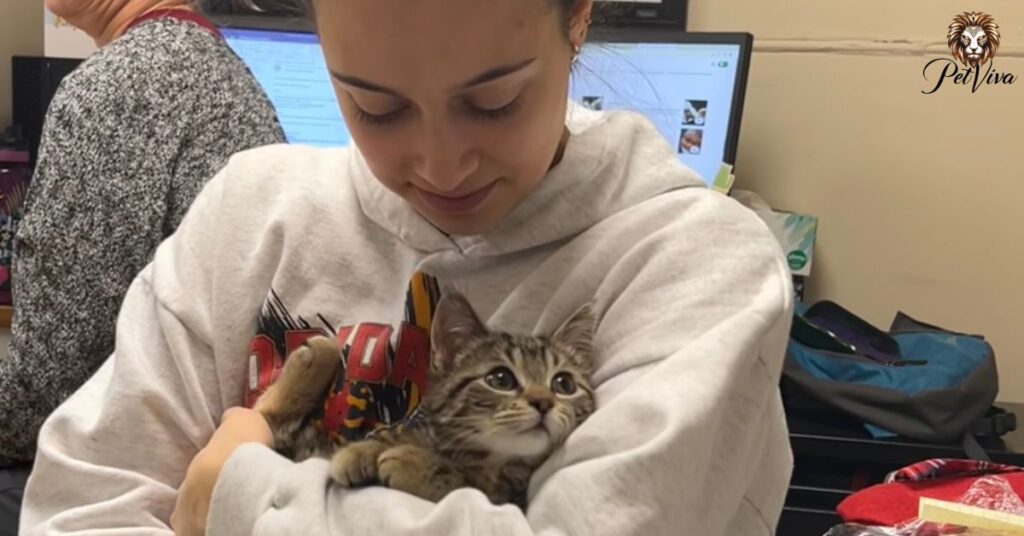
Homing abilities refer to an animal’s capacity to navigate and return to a specific location, often over long distances. This innate skill is observed in various species, including birds, bees, and even some mammals like cats. Homing abilities are believed to be guided by a combination of sensory cues memory, and environmental factors.
Animals with homing abilities use a range of sensory cues to orient themselves and navigate back to a familiar location. These cues can include landmarks, magnetic fields, celestial cues, and olfactory signals. By integrating these sensory inputs with their memory of the area, animals can effectively find their way home even after extensive travels
Understanding the mechanisms behind homing abilities can provide insights into animal behavior and navigation strategies.
What affects a cat’s homing ability?
A cat’s homing ability can be influenced by various factors, including their familiarity with the area, the distance travelled, environmental cues, and individual characteristics. Cats that are more familiar with their territory are likely to navigate back home more successfully. The length of time a cat has been missing and the presence of obstacles like busy roads can also impact their homing ability.
Environmental cues such as scents, landmarks, and sounds play a significant role in guiding a cat’s homing instincts. Cats rely on their keen sense of smell to recognize familiar scents and navigate back to their territory. individual characteristics like age, health, and previous outdoor experience can affect a cat’s ability to find their way home. Understanding these factors can help pet owners strategize search efforts and increase the chances of a lost cat returning safely.
How long does it usually take to find missing cats?
The time it takes to find missing cats can vary depending on various factors such as search efforts, environmental conditions, and the cat’s behavior. In many cases, cats are found within the first few days of going missing, especially if proactive search strategies are employed. Quick action utilizing resources like social media and engaging the community can significantly shorten the time it takes to locate a missing cat.
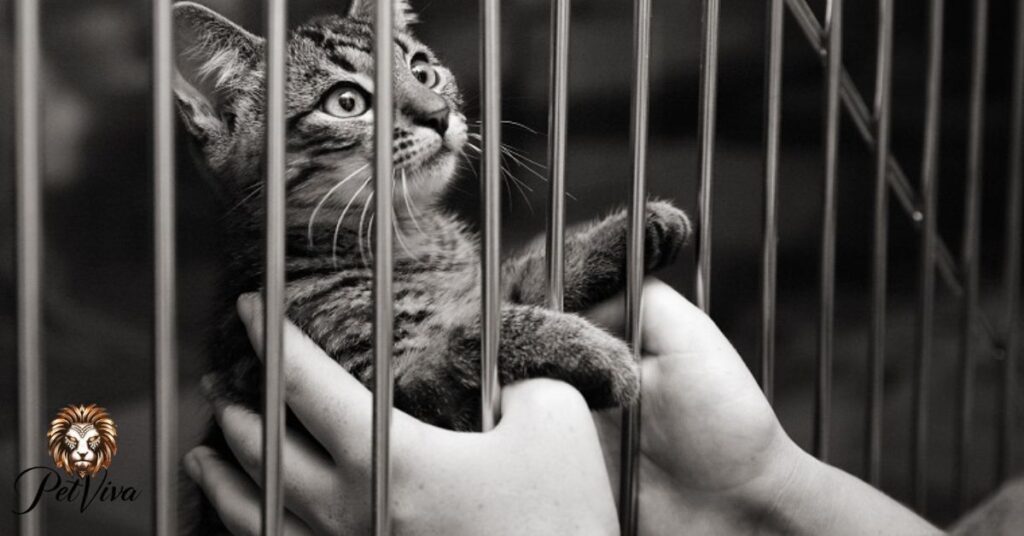
The chances of finding a missing cat decrease as time passes, with statistics showing that the probability of locating a lost cat within 7 days is around 35%. Persistence and consistent search efforts are crucial in increasing the likelihood of a successful reunion. While some cats may return home within a day or two, others may take longer, requiring extended search periods and the use of various search methods to facilitate their safe return.
Try a pet detective or lost cat finder
Pet detectives or professional lost cat finders specialize in locating missing pets using various techniques like tracking, surveillance, and search strategies. Their expertise and experience can be invaluable in finding lost cats, especially in complex or challenging situations. Hiring a pet detective can increase the chances of a successful reunion with a missing feline companion.
Try setting a humane trap
Setting up a humane trap with enticing food can be an effective way to capture a lost cat that may be hesitant to approach humans. Placing the trap in a quiet, sheltered area near where the cat was last seen, and checking it regularly can help in safely capturing the missing cat. Humane traps are a non-invasive method that can aid in reuniting owners with their lost pets.
Use missing cat posters
Creating and distributing missing cat posters in the neighbourhood and high-traffic areas can help spread the word about a lost cat. Include a clear photo of the cat, contact information, and details about when and where they went missing. Posting these flyers in local businesses, community centres, and veterinary clinics can increase visibility and prompt people to keep an eye out for the missing cat.
Use social media
Utilize social media platforms to reach a wider audience when searching for a lost cat. Share photos, descriptions, and last seen locations of the missing cat on community groups pet-related pages, and local lost and found pet networks. Social media can be a powerful tool in mobilizing help, generating leads, and increasing the chances of finding a lost feline friend.
Frequently asked question
What are the odds of finding a lost cat after a week?
The odds of finding a lost cat after a week are around 35%, with proactive search efforts and community involvement playing a significant role in increasing the chances of a successful reunion.
What percentage of missing cats return?
Approximately 74% of missing cats are found, with a higher likelihood of return for indoor-only cats compared to outdoor-access cats.
How common is it for a cat to go missing?
It is estimated that around 100,000 cats go missing in the UK every year, highlighting the relatively common occurrence of cats going missing.
Do cats usually come back?
Cats usually come back with statistics showing that around 74% of missing cats are found especially if proactive search efforts are employed and community involvement is encouraged.
Conclusion
The odds of finding a lost cat after a week is crucial for pet owners facing such a distressing situation. While statistics indicate a 35% chance of locating a missing cat within the first week proactive search efforts and strategic approaches can significantly impact the outcome. Factors like search intensity, community involvement and the cat’s behavior all play a role in determining the likelihood of a successful reunion. By leveraging these statistics and implementing effective search strategies pet owners can improve their chances of bringing their beloved feline companions back home safely.
Ultimately the statistics surrounding lost cat recovery rates serve as a guide for pet owners, offering insights into the importance of swift action and persistent search efforts. While the odds may seem daunting, the stories of successful reunions highlight the power of determination and resourcefulness in finding missing cats. By staying informed, remaining vigilant, and utilizing available resources pet owners can navigate the challenges of finding a lost cat after a week with hope and determination.

